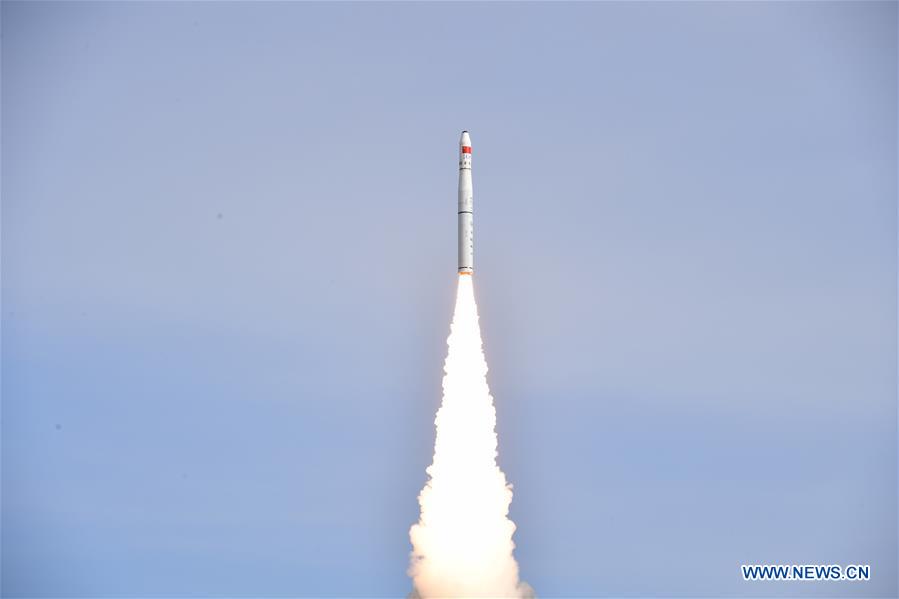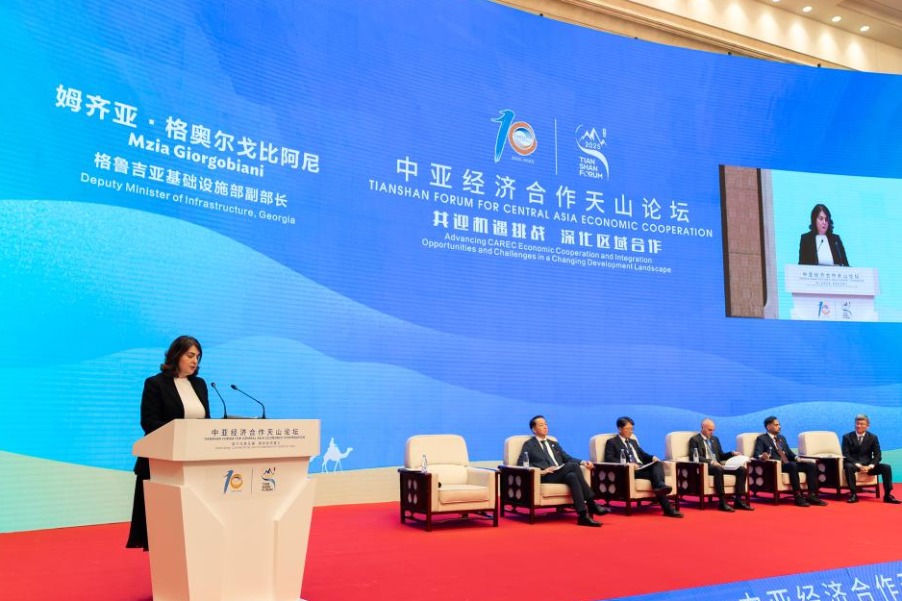China launches 2 remote sensing satellites, 4 small satellites


JIUQUAN -- China launched two high-resolution optical remote sensing satellites into a preset orbit from the Jiuquan Satellite Launch Center in northwest China at 12:12 p.m. Friday Beijing Time.
The two commercial satellites, Jilin-1 Video 07 and 08, were independently developed by Chang Guang Satellite Technology Co. Ltd., and will provide remote sensing data and products for government and industry users in conjunction with the eight previously launched Jilin-1 satellites.
In October 2015, four Jilin-1 commercial satellites were sent into space. In January 2017, Jilin-1 Video 03 was launched, and Jilin-1 Video 04, 05 and 06 were put into predetermined orbits in November last year.
Friday marked the fourth launch for the Jilin-1 satellite family, and the satellites were carried by a Long March-11 rocket. This was the 264th mission of the Long March rocket series.
It was also the 100th aerospace launch mission carried out by the Jiuquan center. Established in 1958, the center was China's first comprehensive space launch center and only manned space launch center.
Also at Friday's launch, four other small commercial satellites were on the Long March-11 rocket, including one for Canada.
The Long March-11 is a solid-propellant rocket and the only series in the Long March family that uses solid propellants. It has a length of 20.8 meters and a rocket diameter of 2 meters, much smaller than the normal liquid-propellant rockets in the Long March family.
Although it is smaller, it is capable of sending small scientific experimental satellites and commercial satellites into space, according to Peng Kunya, chief designer of the Long March-11.
As solid fuel can be stored inside the Long March-11 rocket for a long time, it takes less time for launch preparation compared with liquid-propellant rockets, which need fuel injection before launch.
Jin Xin, deputy commander of the rocket, said that the carrying capacity of the Long March-11 increased by 20 percent at Friday's launch compared to previous missions. [ "The rocket team will develop and produce larger solid-propellant carrier rocket for commercial use at lower cost," Jin said.





































